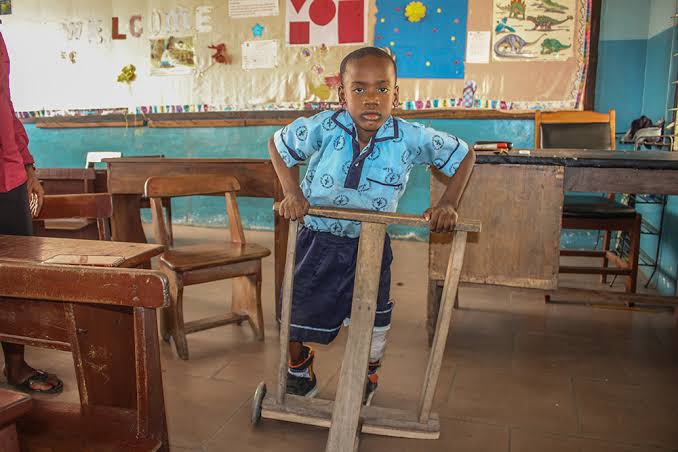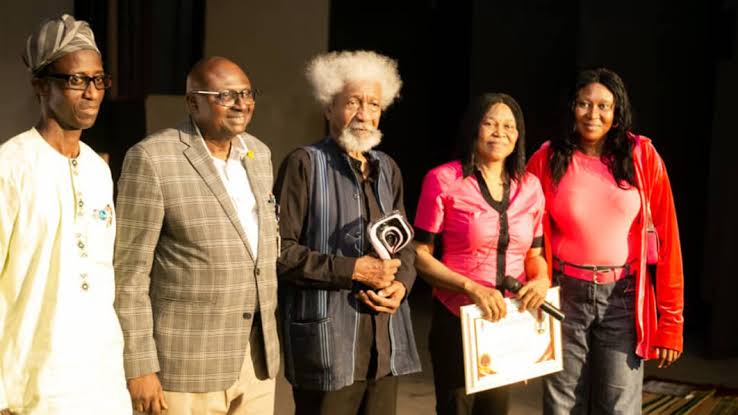According to UNICEF, education is a basic human right that should be accessible to all. Creating an inclusive classroom environment for diverse learners is essential in promoting equitable education and ensuring that all students, regardless of their backgrounds or abilities, have the opportunity to succeed. An inclusive classroom is one where every student feels valued, respected, and supported.
Diversity in the classroom is one which happens at all levels of education. A school is a place where different student’s from different backgrounds meet. Diversity in the classroom encompasses a wide range of differences among students. Students may come from various cultural and ethnic backgrounds, each bringing unique perspectives and experiences. Some students may be English language learners or speak different rthnic languages at home. Some other students may also be from homes with little or no money while others come from homes with abundance.
Also, students have different learning abilities and styles, including those with special educational needs. There are students who understands what is being taught quickly while there are students who won’t understand on time. There are students with special needs while there are students who are healthy. Students may follow different religious practices, which can influence their participation and needs in the classroom. However, education should be accessible to all.
Creating an inclusive classroom begins with fostering a positive culture where respect and kindness are the norms. Teachers should model inclusive behaviour, celebrate diversity, and create a safe space where students feel comfortable sharing experiences and being themselves. Also, set clear expectations for behaviour that promote respect, inclusivity, and understanding. Take time to get to know each student individually, understanding their strengths, interests, and needs.
An inclusive curriculum which reflects the diverse backgrounds and experiences of all students should also be encouraged in tbe school. Curriculum should be designed to be accessible and relevant to everyone. Tailor instruction to meet the diverse needs of students. This might involve providing varied levels of difficulty in assignments or offering different ways for students to demonstrate their understanding. Teachers should also use a variety of teaching methods to reach all learners, recognising that students learn in different ways. Use active learning strategies such as group work, discussions, and hands-on activities to engage all students. This will ensure no student is left behind and they all work together for a common goal.
Leverage technology to provide additional support and resources, such as educational apps, online resources, and interactive whiteboards. As a teacher, you can also use visual aids, gestures, and simplified language to aid understanding for students that needs it. Provide bilingual resources if possible.
Develop and implement individualised Education Plans (IEPs). IEPs outline the specific accommodations and modifications needed for each student. Make use assistive technology tools, such as speech-to-text software and audiobooks, to support students with disabilities. Schools should also work with special education teachers, therapists, and other specialists to provide comprehensive support.
Regularly seek feedback from students, families, and colleagues about the inclusivity of the classroom environment and practices. Learning is dynamic. A teacher should be ready to take up new challenges and ensure learning is continuous. Engage in ongoing professional development focused on inclusive education and diversity. Also, reflect on teaching practices and make necessary adjustments to better meet the needs of all students.
Creating an inclusive classroom environment for diverse learners is not only a moral imperative but also a practical necessity for fostering a positive and effective learning experience. Educators, teacher, school owners, and policy makers should create policies that celebrate inclusion. Through inclusive practices, schools can become places where diversity is celebrated, and every student is empowered to reach their full potential.











